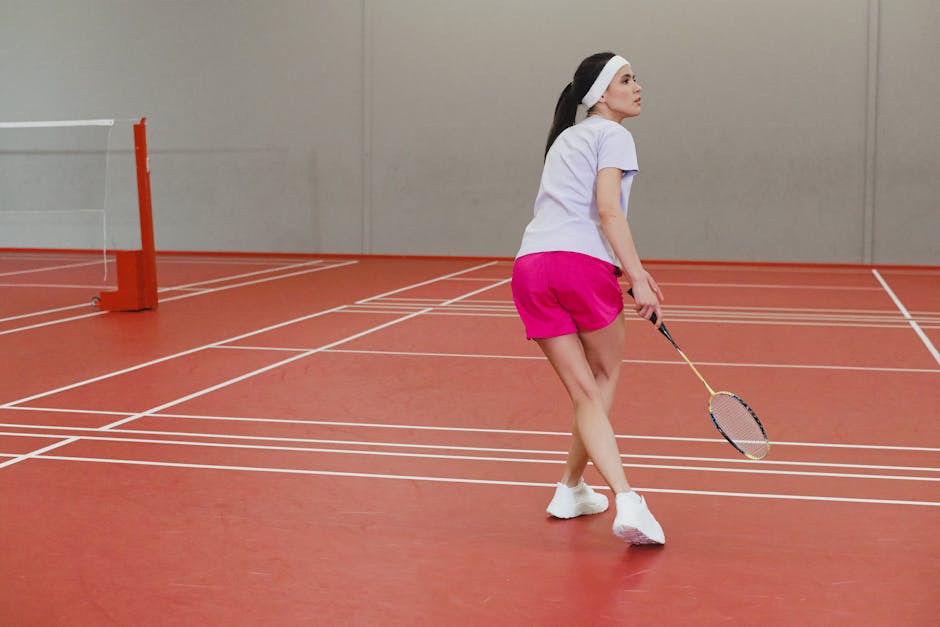Badminton is a thrilling racquet sport that combines speed, agility, and precision. Among the essential elements of the game is the badminton racket, which plays a crucial role in determining the player's performance. Choosing the right racket can make all the difference between a winning smash and a disappointing net shot. Let's delve into the world of badminton rackets and explore the factors that influence their performance.
**Racket Weight and Balance**
The weight of a badminton racket is typically measured in grams. Lighter rackets, usually weighing between 70-85 grams, offer greater maneuverability and quick handling, making them ideal for players seeking speed and control. However, they may lack the power necessary for forceful smashes. On the other hand, heavier rackets, ranging from 85-100 grams, provide more power and stability, but can be slower to react.
The balance of a racket refers to the distribution of weight along its length. Head-heavy rackets have the weight concentrated towards the tip, resulting in increased power. Head-light rackets, with the weight towards the handle, prioritize control and maneuverability. Choosing the balance that suits your playing style is essential for optimizing performance.
**Grip Size and Shape**
The grip size of a badminton racket should fit comfortably in your hand, allowing you to maintain a secure hold throughout the game. It is typically measured in inches and ranges from 3.5 to 5.5. A proper grip size prevents discomfort and enhances control.
The shape of the grip also varies, with the most common being the oval grip and the rectangular grip. Oval grips provide a more ergonomic feel, while rectangular grips offer more grip flexibility. The choice of grip shape is often a matter of personal preference.
**String Tension**
The tension of the strings on a badminton racket significantly impacts its performance. Higher tension results in less power but greater control, while lower tension provides more power but reduced control. The optimal string tension depends on your playing style and skill level. For beginners, a tension between 18-22 pounds is recommended, while advanced players may prefer tensions up to 30 pounds.
**Shaft Material**
The shaft of a badminton racket can be made from various materials, including graphite, aluminum, and steel. Graphite shafts offer a combination of strength and flexibility, making them the preferred choice for most players. Aluminum shafts are lightweight and durable, but less flexible, while steel shafts are strong but heavy.
**Head Shape**
Badminton rackets come in different head shapes, including oval and isometric. Oval heads provide a larger sweet spot, increasing the chances of hitting the shuttlecock accurately. Isometric heads have a more evenly distributed sweet spot, making them more forgiving for off-center hits.
**Conclusion**
Choosing the right badminton racket is a crucial step in unlocking your full potential on the court. By considering factors such as weight, balance, grip, string tension, shaft material, and head shape, you can select a racket that complements your playing style and enhances your performance. With the perfect racket in hand, you'll be ready to conquer any opponent and dominate the badminton battlefield.
